Making Electrons Count (part 3 of 11)
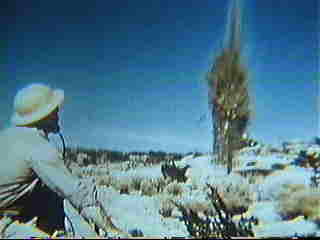 120 120 |
Whirlwind has been involved in more than a hundred such computations
problems, originating in many different departments of M. I. T. Take the
Geology department, for example.
Seismic methods of prospecting for oil may seem a little strange to the
onlooker.
A charge is exploded at one point, and the sound, reflected from various
underground layers of rock, is |
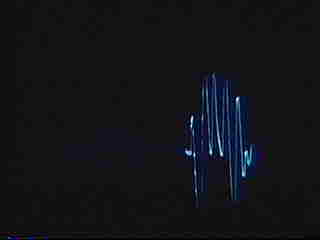 121 121 |
recorded at a number of other points. A great deal of information about
underground formations can be determined from these sound patterns, but
only after long and tedious computations have been performed on them. |
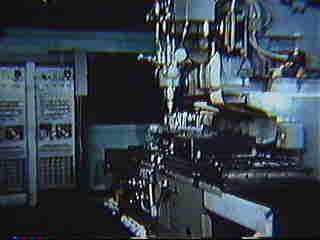 122 122 |
M. I. T.'s numerically controlled milling machine provides quite a different
problem. |
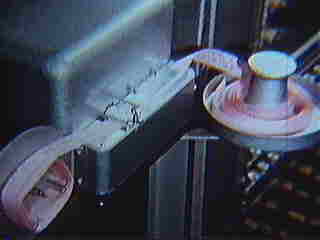 123 123 |
Punched paper tape instructs it to cut the contours required in cams, templates
and the like, the contours specified by formulas, or by sets of points,
are resolved into a series of straight-line cuts with suitable allowance
for the tool-center offset. |
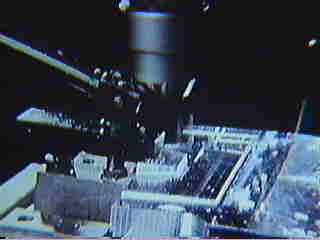 124 124 |
The endpoints of these successive straight lines are computed and recorded
directly on tape by Whirlwind I. |
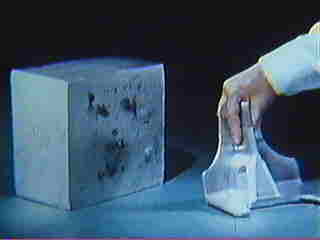 125 125 |
Many of these final products are precision parts for airplanes. Another
Whirlwind program for computing the gust loads on airplanes has assisted
aeronautical wind-tunnel research at the M. I. T. Supersonic Laboratory. |
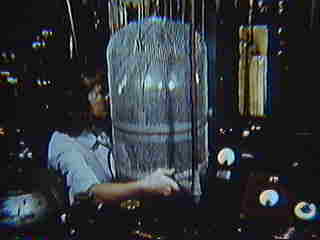 126 126 |
M. I. T.'s Chemistry department has used Whirlwind to determine the behavior
of metals from the optical properties of very thin films of these metals. |
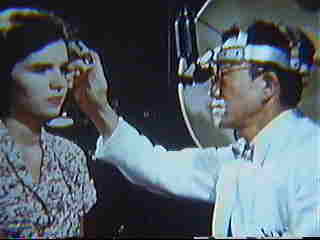 127 Note 127 Note |
Of all the applications for which Whirlwind has been used, few have done
more to improve man's lot than one involving the design of an optical instrument
to be used in research to aid the human eye. But let's not get ahead of
our story. |
Credits and Notice:
The MIT Museum has kindly granted permission for me to reproduce these
extracts from the 1953 film on MIT Project Whirlwind,"Making Electrons
Count." The permission is governed by an agreement between Daniel P.
B. Smith and the MIT Museum, and covers publication at this Web site only.
Individuals may view this material at this Web site, http://world.std.com/~dpbsmith/.
Any other use requires permission from the MIT Museum, 265 Massachusetts
Avenue, Cambridge, Massachusetts 02139-4307.
The original film credits contain no date or copyright notice and reads,
in full:
The Digital Computer Laboratory of the Massachusetts Institute of Technology
Presents "Making Electrons Count: Solving a Problem on M.I.T.'s Electronic
Digital Computer 'Whirlwind I.' Sponsored by: Office of Naval Research.
Physicist played by Dean N. Arden. Script by Edwin S. Kopley. Photographed
and Directed by Lloyd G. Sanford.
--Daniel P. B. Smith, http://world.std.com/~dpbsmith/
 120
120 121
121 122
122 123
123 124
124 125
125 126
126 127 Note
127 Note